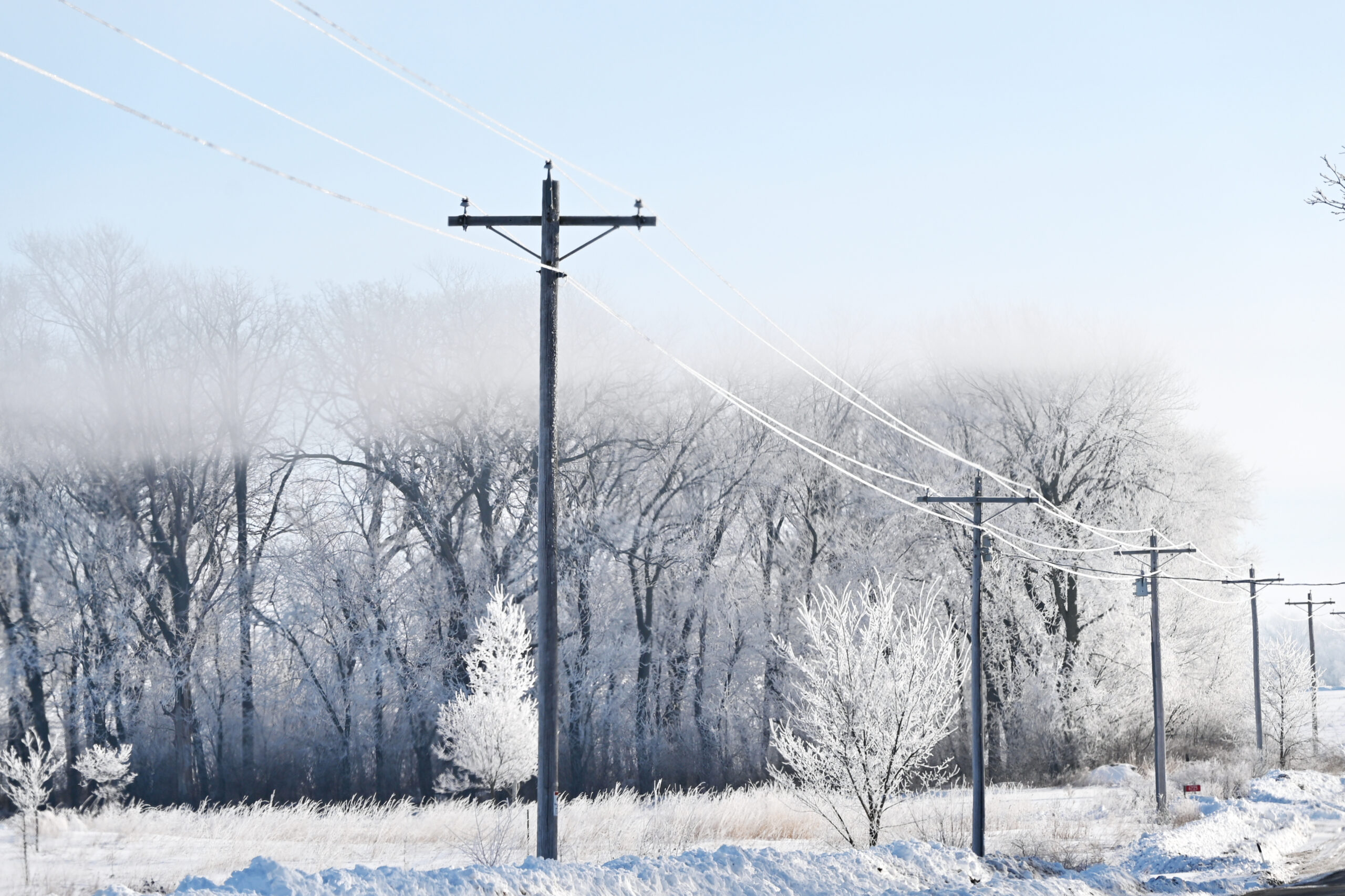Whether connecting with new utilities or sharing ideas at conferences, one common refrain from program managers is that demand response program marketing remains a challenge. And for good reason: as a natural monopoly, utilities haven’t historically had to market competitively in the past, although the proliferation of distributed energy resources (DERs) and expanded broadband access is creating opportunities to develop and scale programs like never before. That’s why we collaborated with Christopher Todd, the Director of Marketing & Communications at Northeastern Rural Electric Membership Corporation (NREMC), for our recent webinar Crushing Demand Response Enrollment & Participation. Todd and co-host Alex Aznar, the Director of Client Implementation at Virtual Peaker, provided deep insights into potential demand response marketing concepts, from how to get started to measuring your success, with helpful insights throughout.
How NREMC Uses Demand Flexibility
The Northeastern Rural Electric Membership Corporation (NREMC) is a rural cooperative in northern Indiana. The NREMC is a nearly 90-year-old corporation as a response to rural electrification efforts. Currently, the NREMC runs thermostat and water heater BYOD and demand response programs, which they run over several counties. Likewise, the NREMC has invested in a solar field and battery storage to help ameliorate peak challenges for members. Their current program uses two different thermostat devices. Since partnering with Virtual Peaker and expanding the device types in their demand response program, they have scaled their program by 116.66% in just a few years.
Who is Your Audience?
Before developing the fundamentals of your demand response program, understanding your audience is crucial in determining the potential of your program. Ideally, the objective is to entice and streamline the enrollment process by finding devices with regional market penetration, identifying the right incentives to encourage participation, or establishing what customers want in the context of demand flexibility.
“Who are you trying to reach? Try to paint a picture of their life,” says Todd. “You know, what else might they be interested in? What’s keeping them from participating? Is it time, money, understanding, or just change in general? Removing these roadblocks from the customer journey is key.”
In understanding your target audience, you can better view the broader community’s needs. For example, you may determine that there is a lack of access to WiFi or WiFi-enabled devices, or customers may just feel uncomfortable ceding control of their HVAC to anyone.
Creating a Plan
Once you understand your audience, you can establish a plan for your demand response program. Ensure that you are properly defining the customer benefits, while at the same time remaining aware of any potential constraints. A marketing plan should include things like:
- How do customers enroll?
- What is the most effective marketing channel to use?
- How are customers contacted about upcoming demand events or educated on potential opportunities?
- What is the overall budget?
- What types of incentives might be offered?
- Which devices or device types might qualify?
- How to identify what did and didn’t work.
These represent several of the most important elements necessary to get started. As you have identified your audience, make sure to segment them as needed. For example, certain areas may have less access to distributed energy resources (DERs) or broadband, which may hamper their potential involvement. Consider how to engage with every customer, while developing your communication style, guided by your audience segmentation and research.
– Christopher Todd, Director of Marketing & Communications, Northeastern Rural Electric Membership Corporation (NREMC)
According to Todd, “You want to keep your marketing plan simple, one or two messages. Meet people where they are or… get in their way. That’s always one of my favorite things to do. If there’s a login screen or a place where you have to click around, those are normally effective as well.”
Measuring Success
There are many objectives in establishing your key performance metrics, including setting benchmarks, scaling your program, or participation rates to name a few. Setting benchmarks is critical to the success of any marketing campaign by giving program managers the tools they need to assess the value of their actions. Furthermore, by establishing benchmarks, utility program managers can also determine what isn’t working and respond accordingly.
“The most success is when you integrate multiple channels, Todd says. “When you’re talking about marketing, you want to have some frequency. People won’t even see your message until they’ve seen it four or five times.”
What Our Recent Webinar Taught Us About Marketing Demand Response Programs Conclusion
Demand response is a powerful and proven strategy that has already yielded more than 237 terawatt-hours of energy conserved between 2008 and 2021. With more DERs on the market than ever and through the right distributed energy resource management system (DERMS), utilities are poised to access demand response and other demand flexibility opportunities to address energy needs. While marketing may prove foreign to some utility operators, collaborators like Christopher Todd and the NREMC can help educate you on the potential of demand response, and how to find the right audience, at the right time. Learn more below.







